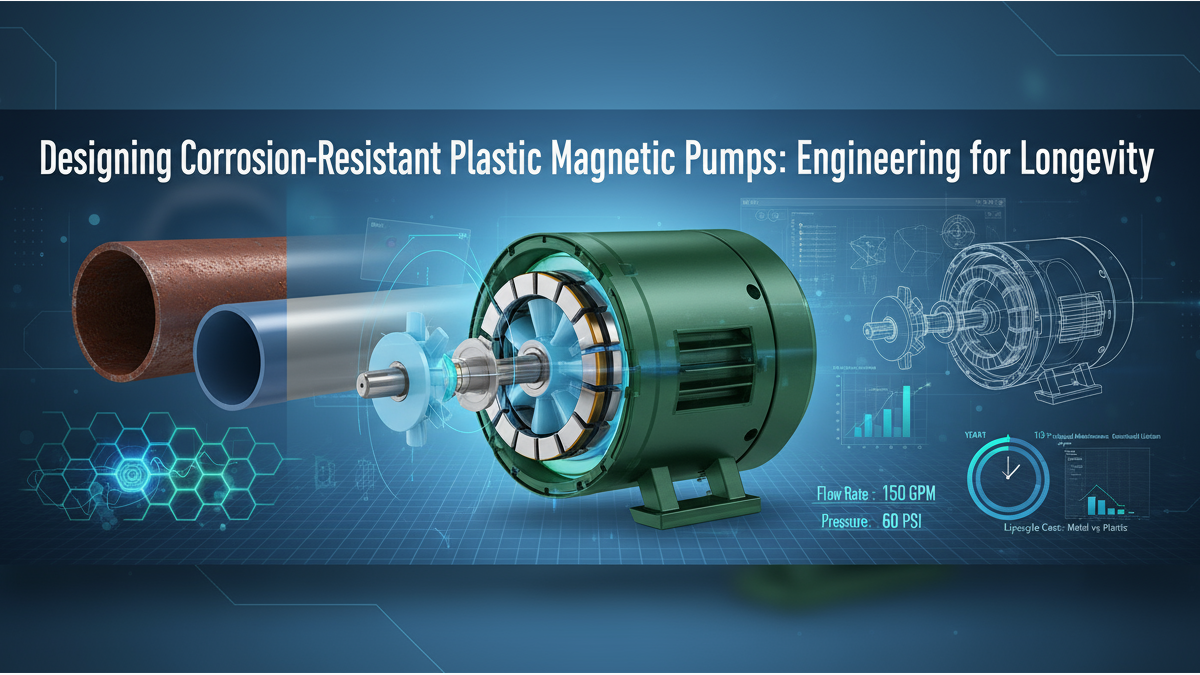In modern manufacturing, materials science has become a critical factor in industrial competitiveness. The widespread adoption of advanced composites and aluminum alloys has not only transformed the design of high-performance sport engines but also propelled technological advancements in the automotive, aerospace, and high-performance industrial equipment sectors. These two material categories, due to their unique properties, demonstrate significant trends and value across diverse manufacturing applications.
Advanced Composites: Lightweight and High-Temperature Performance as an Industrial Driver
Properties and Applications
Advanced composites, including carbon fiber and ceramic coatings, are widely used in high-performance sport engine components such as pistons and exhaust valves. Their key advantages lie in maintaining high strength and precise stability under extreme operating conditions, while offering lightweight and corrosion-resistant characteristics.
Manufacturing Technologies
- Carbon Fiber Lamination & Autoclave Curing: Prepreg carbon fiber is laminated and cured under high pressure and temperature to ensure precise fiber alignment and enhanced structural strength.
- Ceramic Coating: Thermal spray or electrochemical deposition techniques form a high-temperature-resistant layer on metal or composite substrates, improving wear and heat resistance.
- 3D Printing / Additive Manufacturing: Select composite parts are produced through additive manufacturing, enabling complex geometries while minimizing material waste.
- Precision CNC Machining:Composite semi-finished parts are machined on CNC milling machines or lathes to micron-level tolerances, ensuring precise fit between pistons and valve seats.
Industry Trends
The demand for lightweight and high-temperature materials continues to grow in motorsports, aerospace, and unmanned aerial vehicles (UAVs).
As composite processing technologies mature, applications are increasingly expanding into energy, precision machinery, and consumer electronics sectors.
Aluminum Alloys: Lightweight and Thermal Efficiency as an Industrial Core
Properties and Applications
Aluminum alloys, known for their lightweight and excellent thermal conductivity, are the preferred materials for engine blocks, cylinder heads, and pistons. They effectively reduce vehicle weight, improve heat dissipation, and enhance acceleration and handling performance in both automotive and aerospace engines.
Manufacturing Technologies
- Die Casting:Molten aluminum alloy is injected into precision molds under high pressure, ideal for mass-producing engine blocks and pistons with high dimensional accuracy.
- Heat Treatment & Surface Hardening: Processes such as solution treatment and artificial aging increase aluminum alloy strength and fatigue resistance, ensuring reliability under high-temperature and high-pressure operation.
- CNC Precision Machining: Aluminum parts are machined on five-axis or multi-axis CNC milling machines to achieve high dimensional accuracy, precise hole locations, surface finish, and geometric stability.
- Automated Measurement and Assembly: Coordinate Measuring Machines (CMM) and optical scanning technologies ensure micron-level dimensional accuracy, supporting high-precision assembly.
Industry Trends
Global automotive lightweighting initiatives are driving increased use of aluminum alloys, especially in electric vehicles and high-performance cars.
The aerospace industry continues to adopt high-precision aluminum structural components to reduce weight and improve fuel efficiency. Intelligent machining and automated inspection technologies are enhancing the production efficiency and quality stability of aluminum alloy components.
Integrating Materials and Manufacturing Technologies to Drive Industrial Upgrades
The application of advanced composites and aluminum alloys not only improves engine performance but also serves as a core driver for technological upgrades across multiple industries. With the advancement of precision machining and automation, these materials will continue to promote lightweight, high-efficiency, and durable products in motorsports, aerospace, industrial equipment, and energy sectors, ushering in a new wave of manufacturing innovation.










.png)



